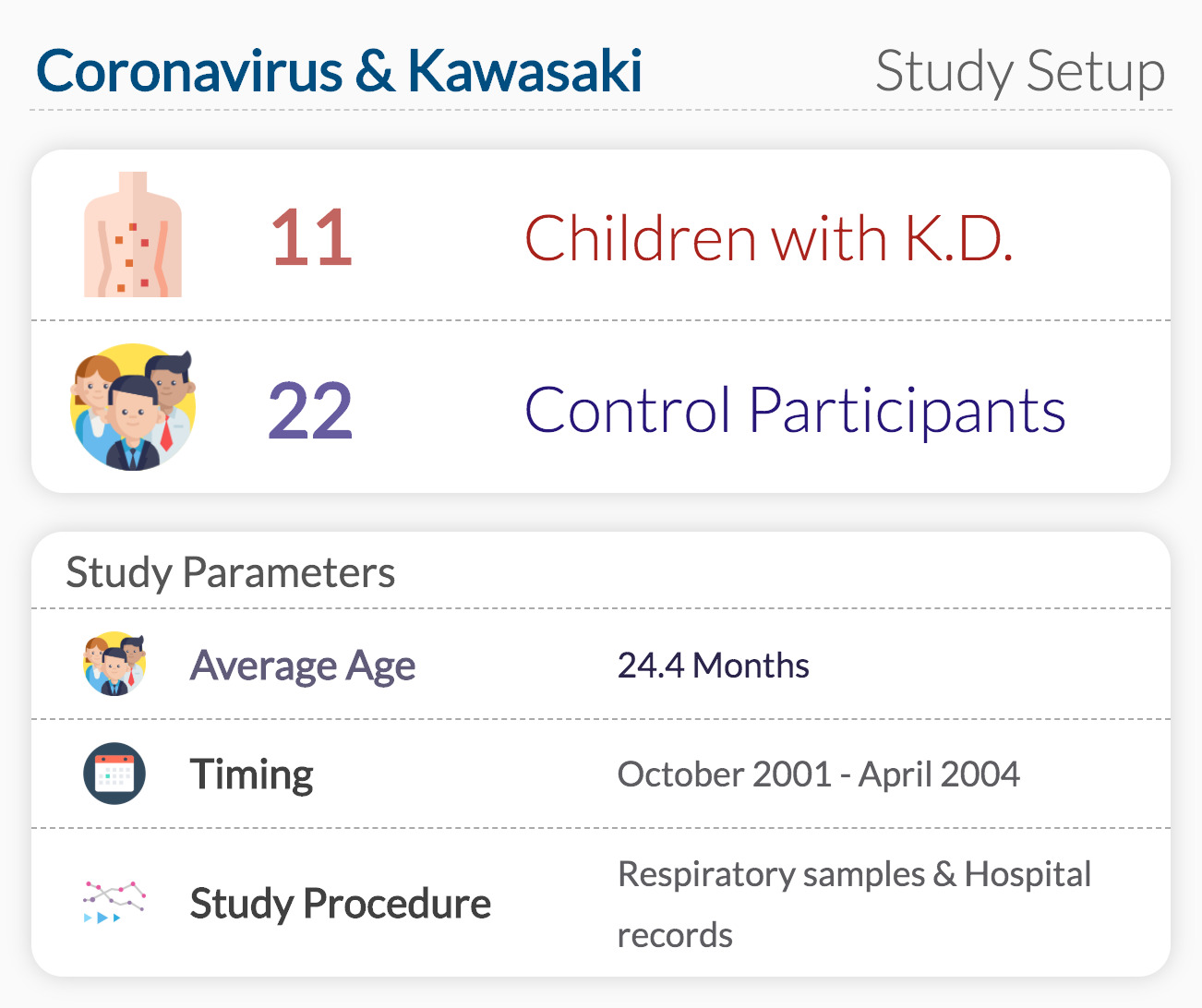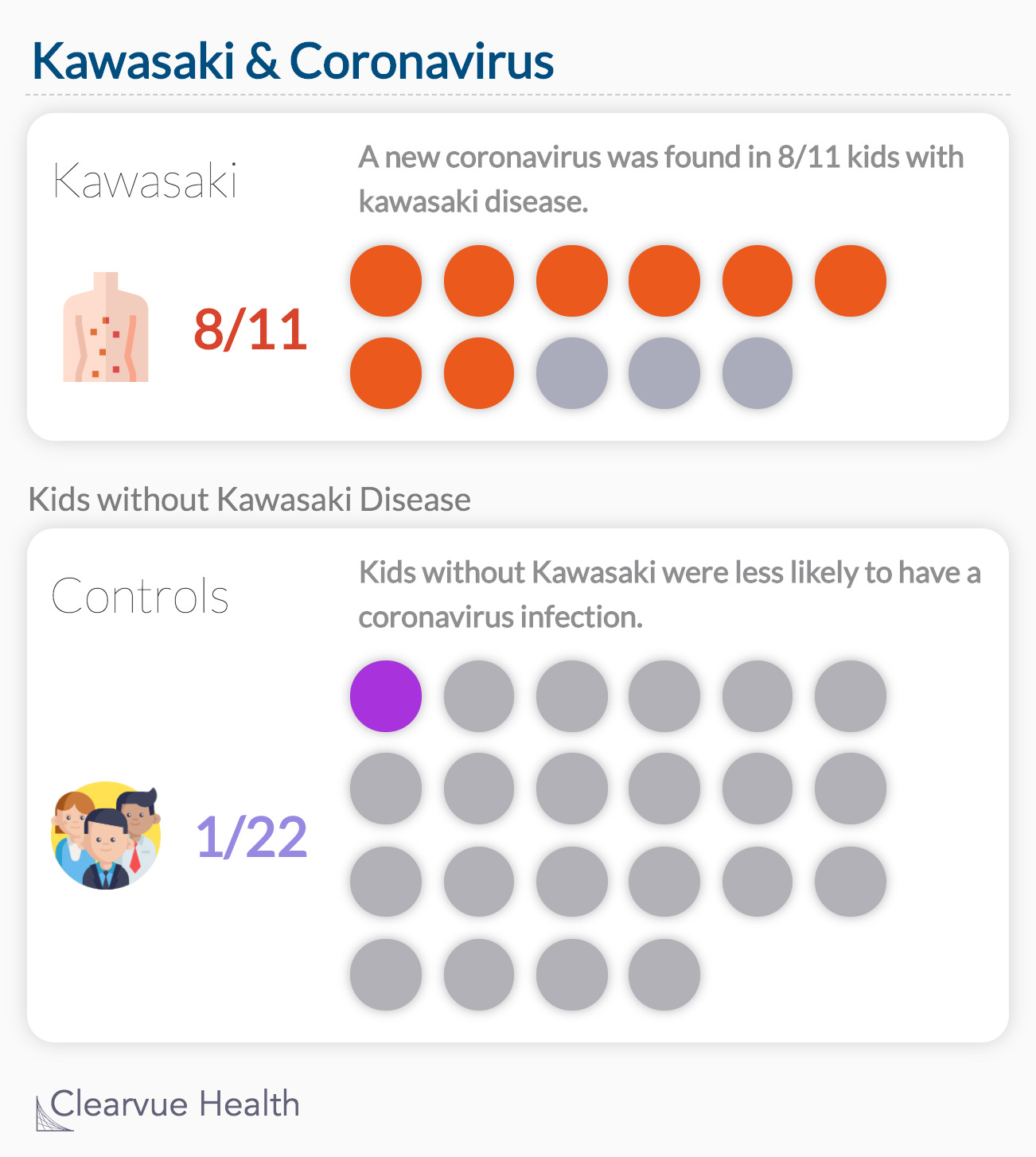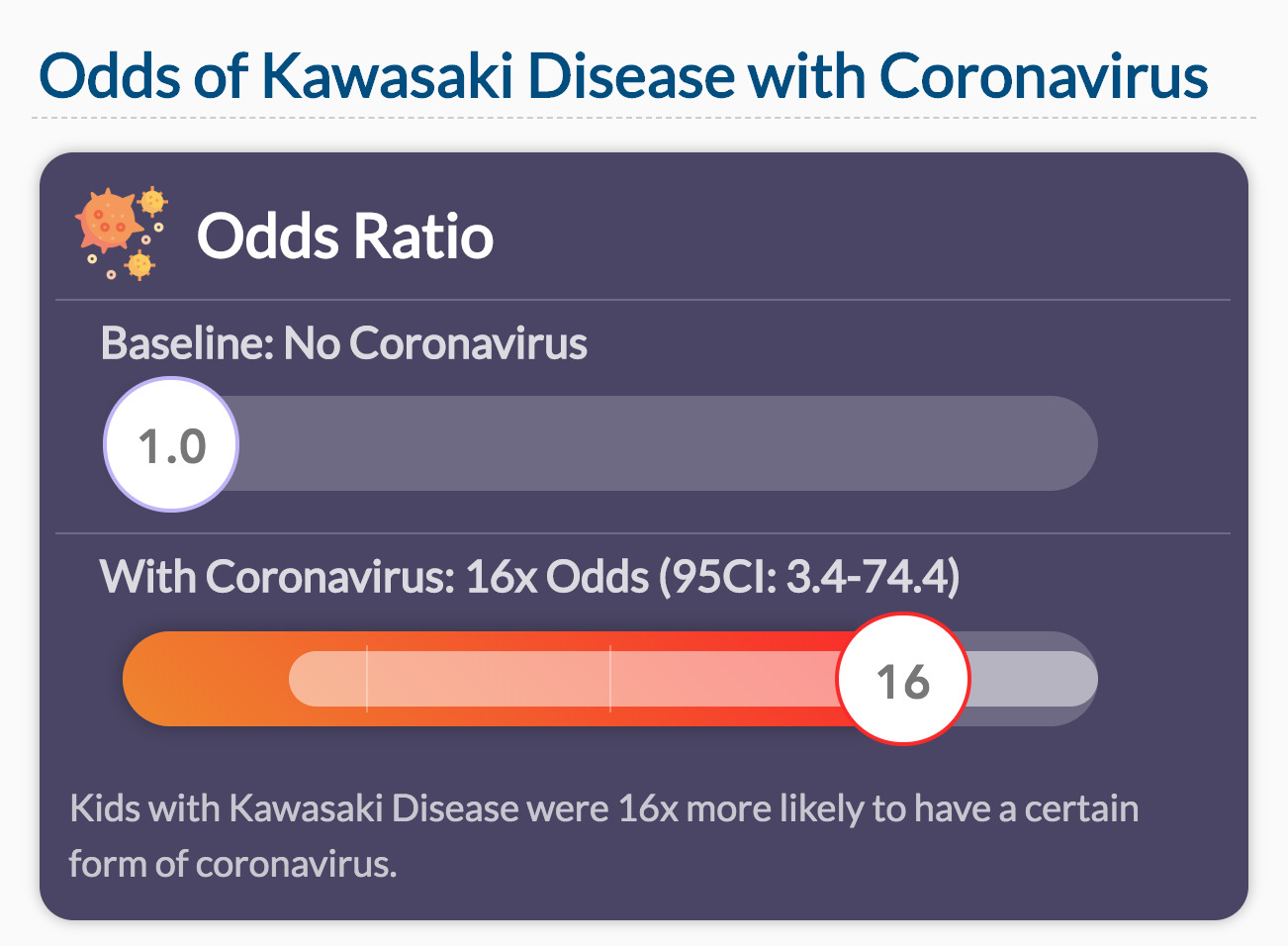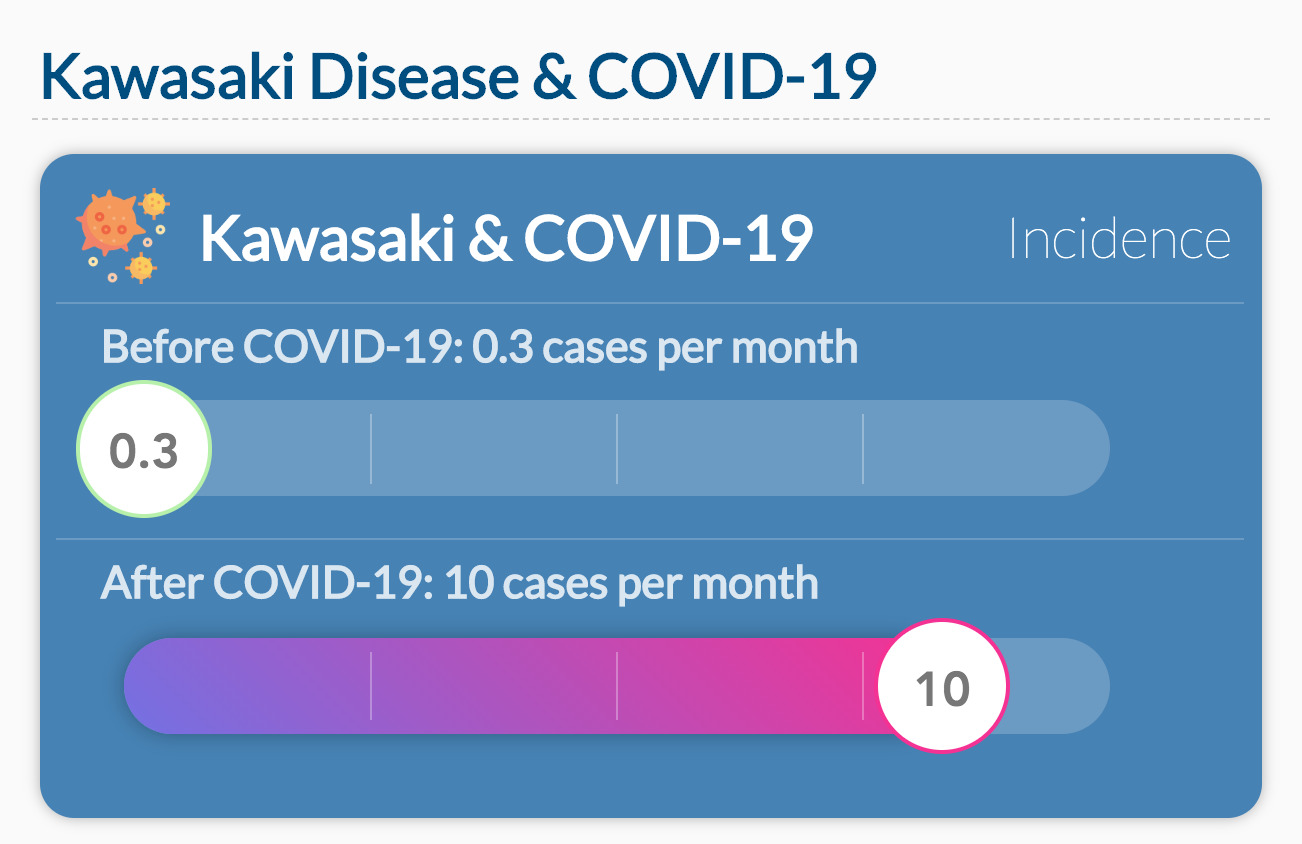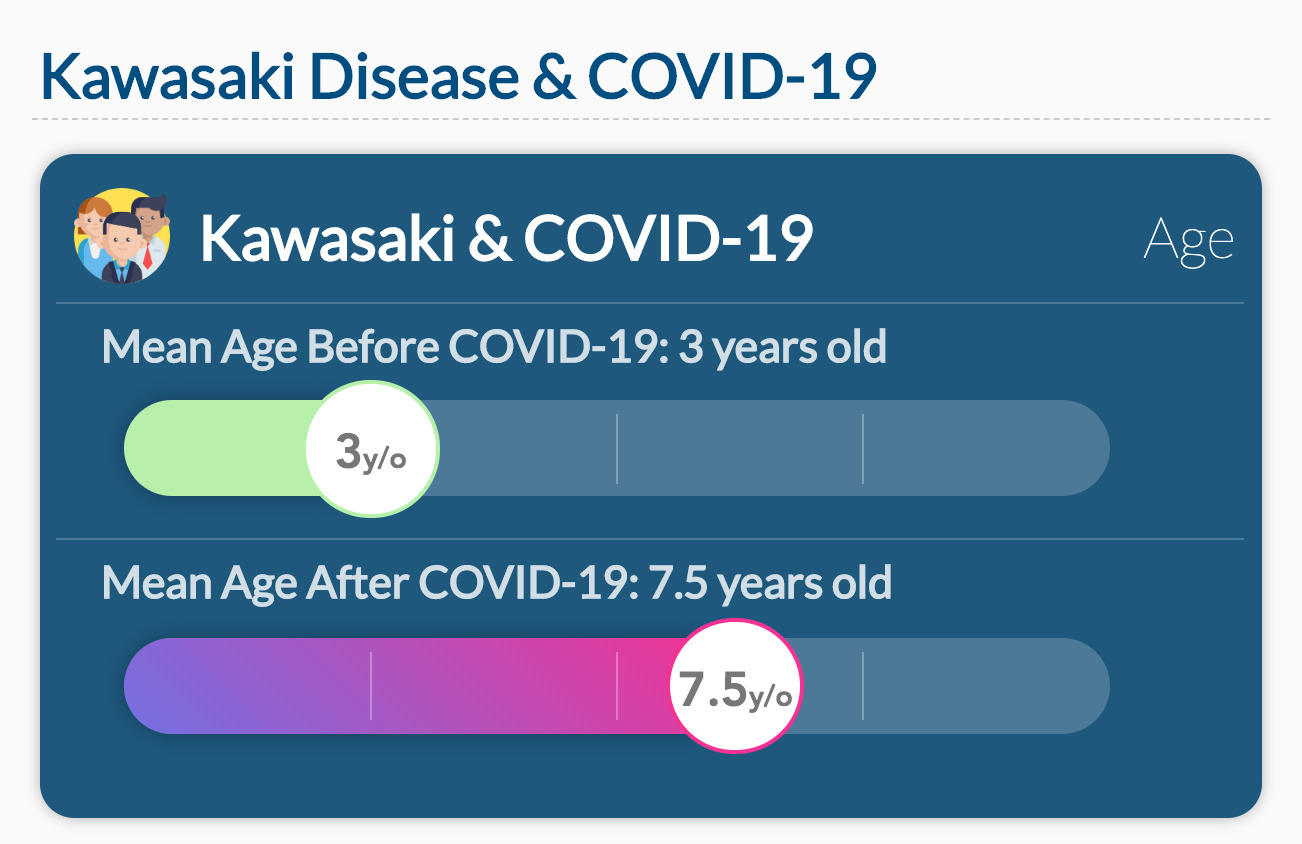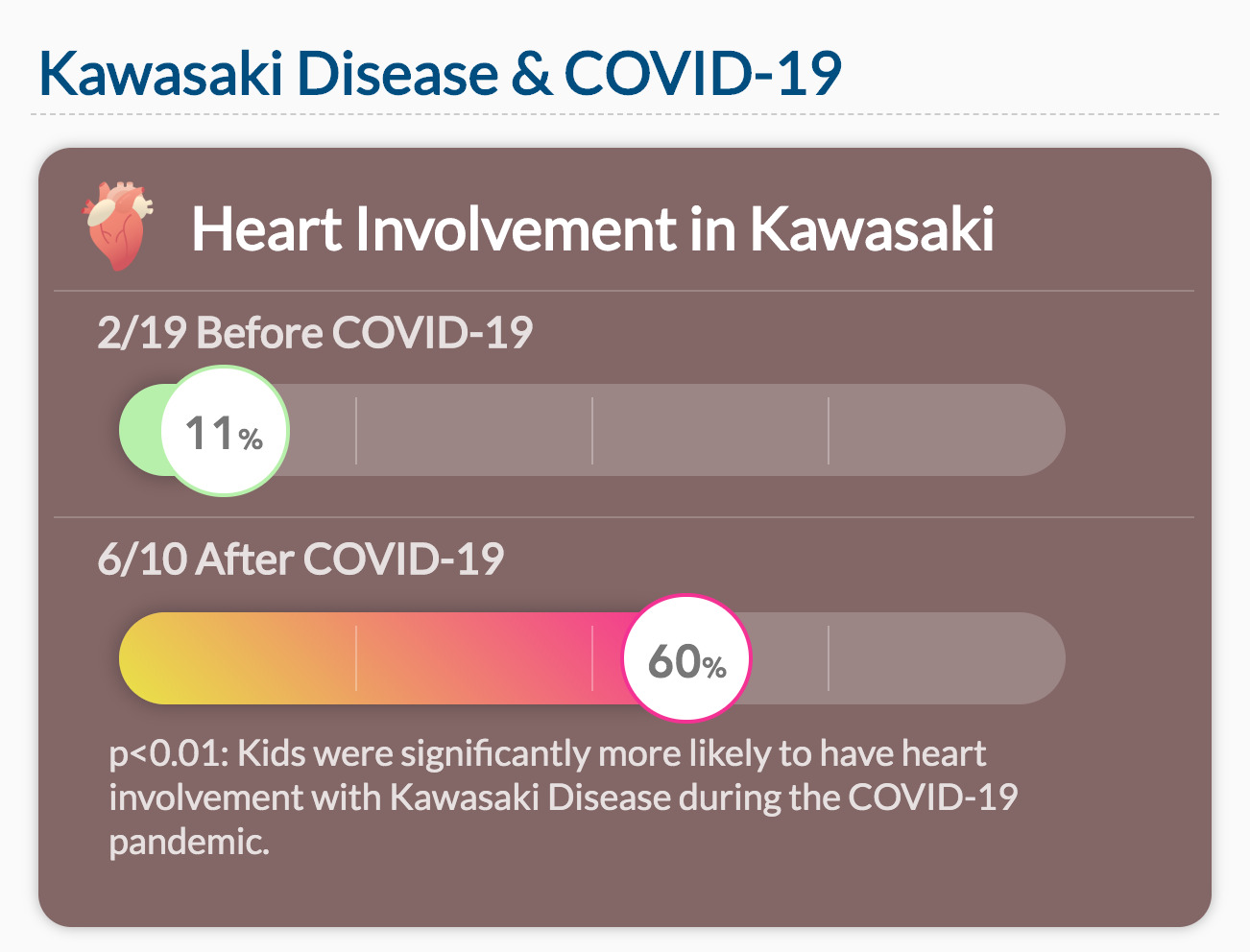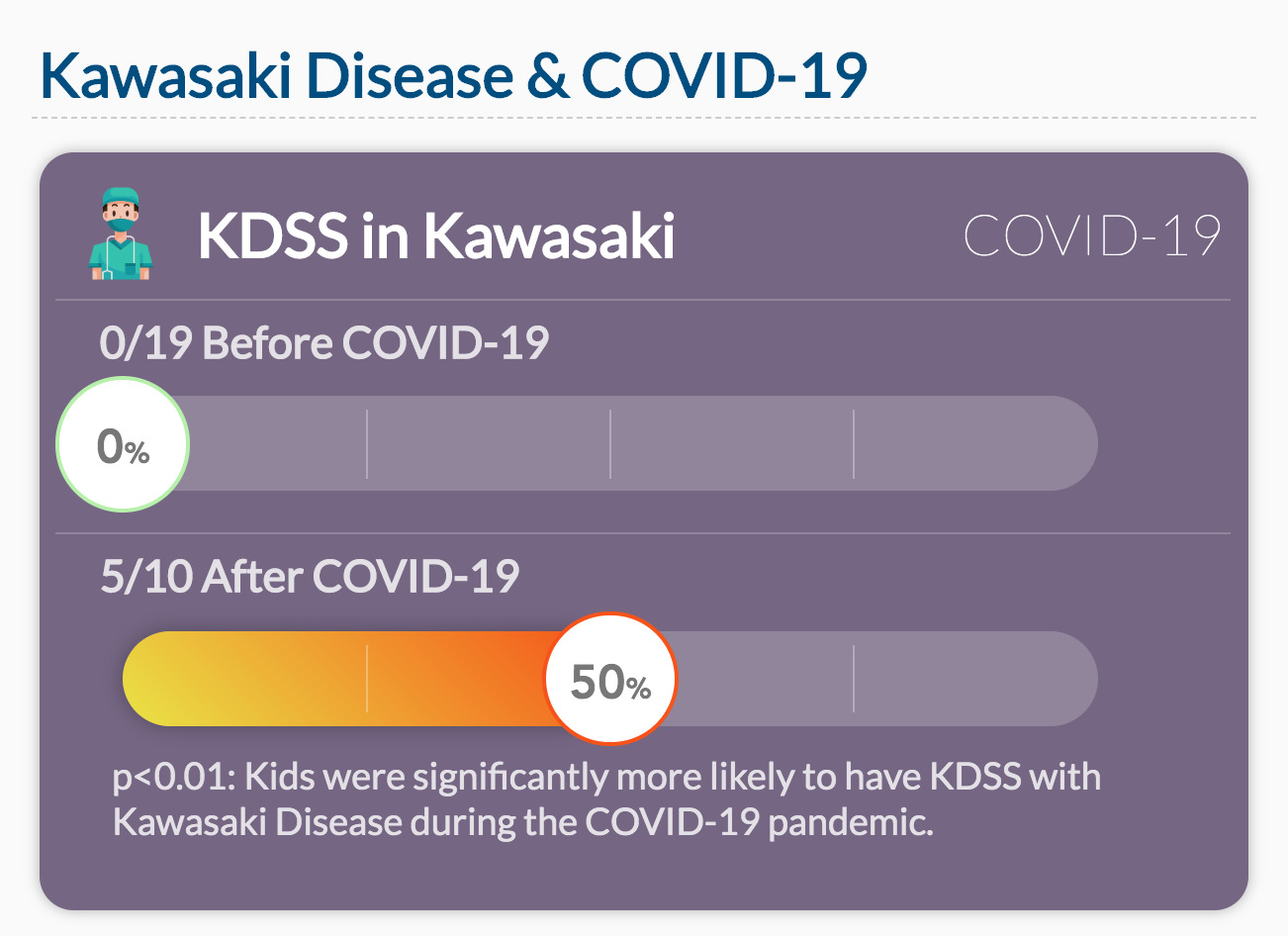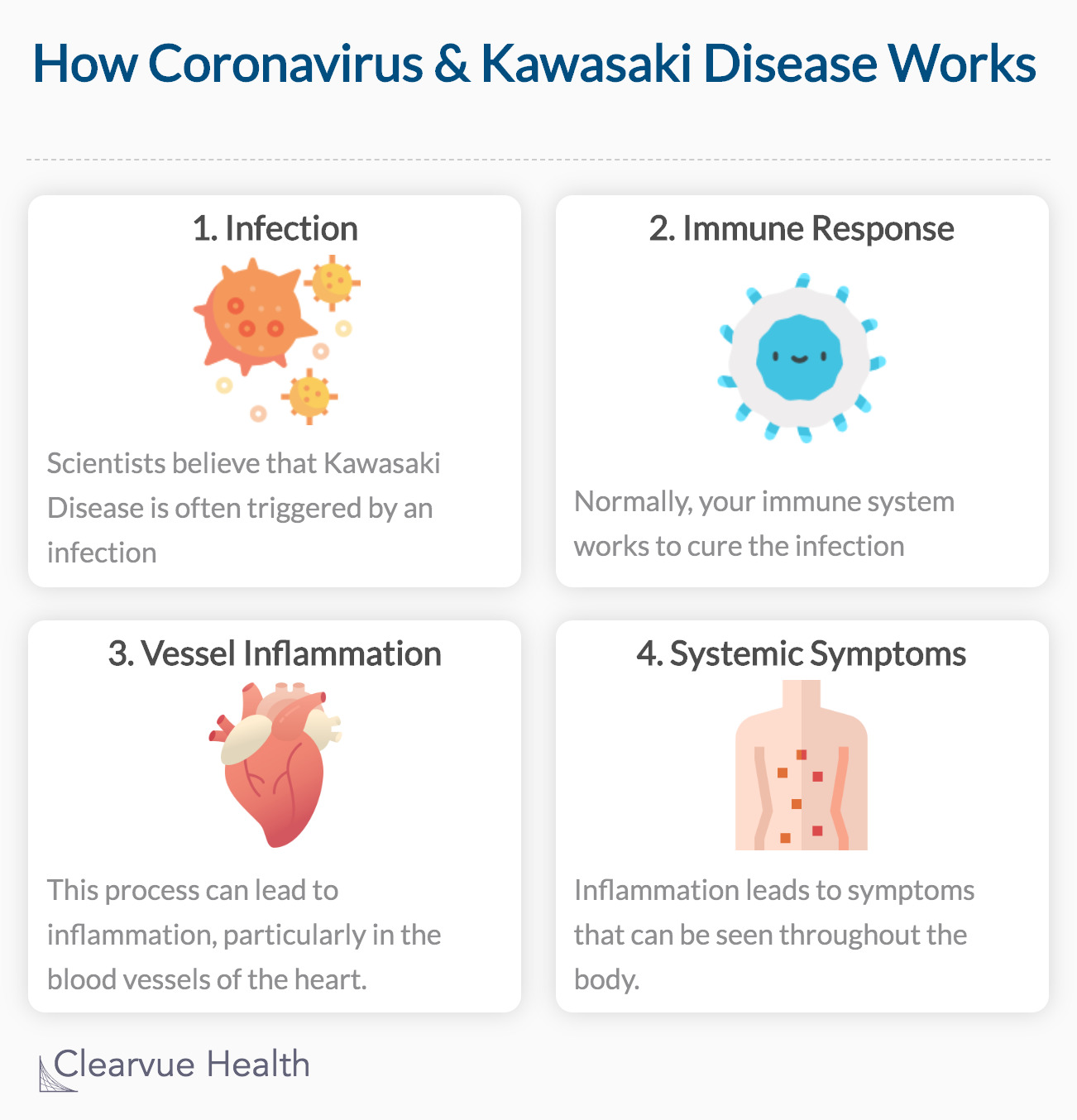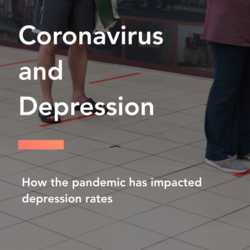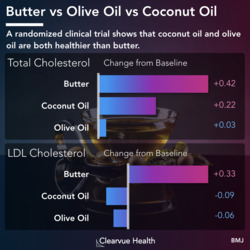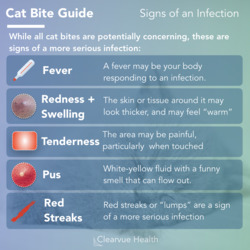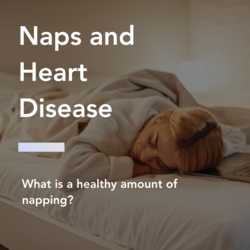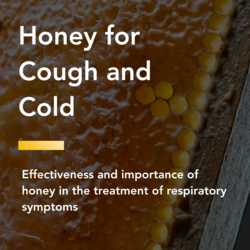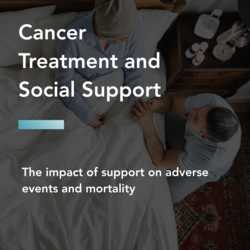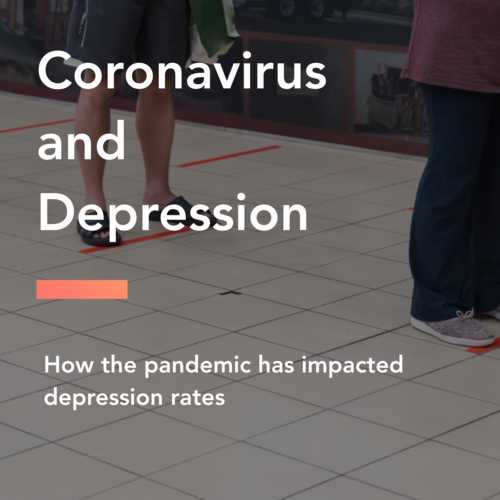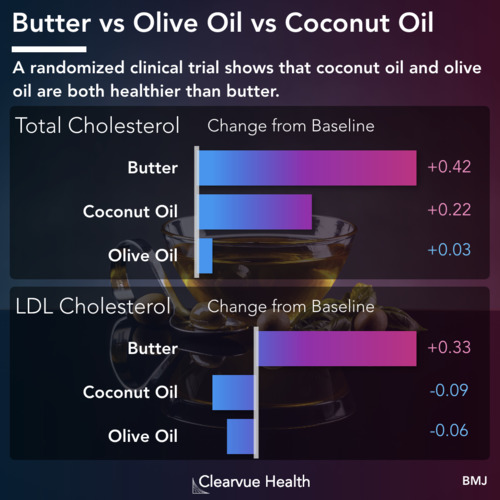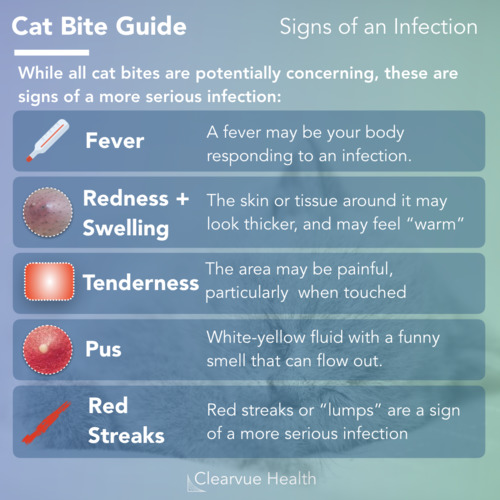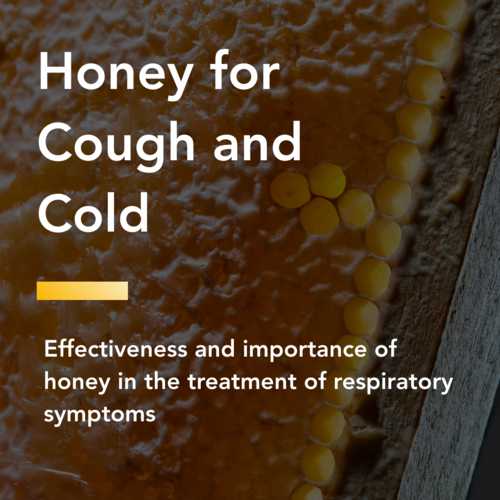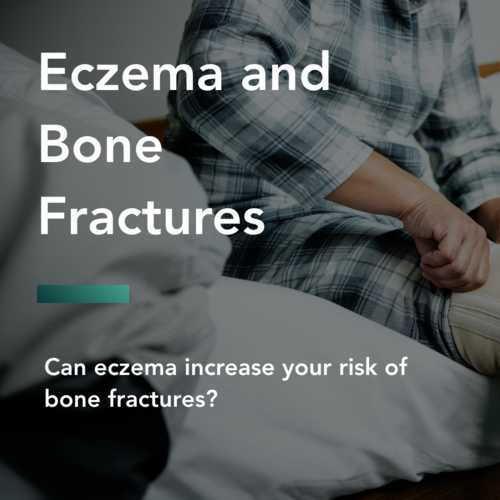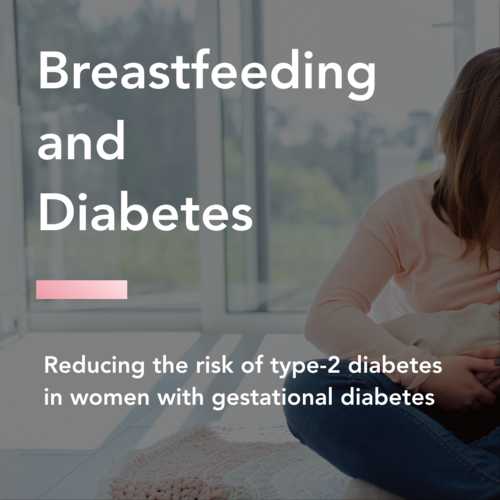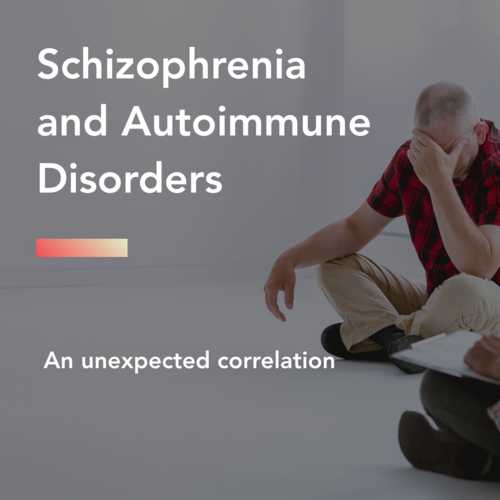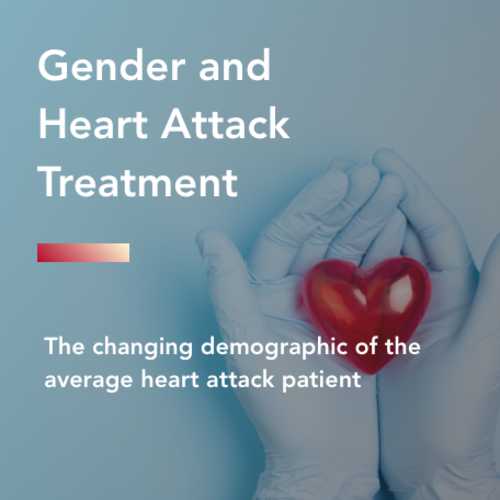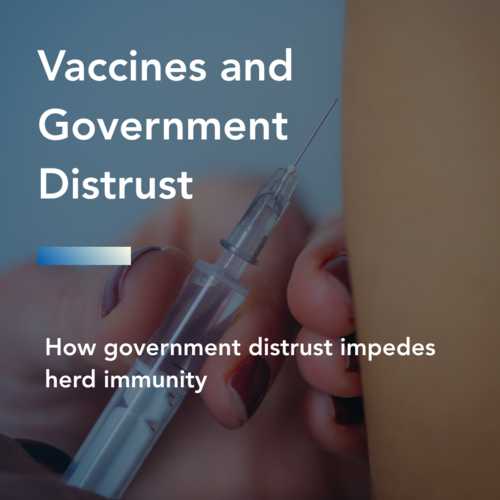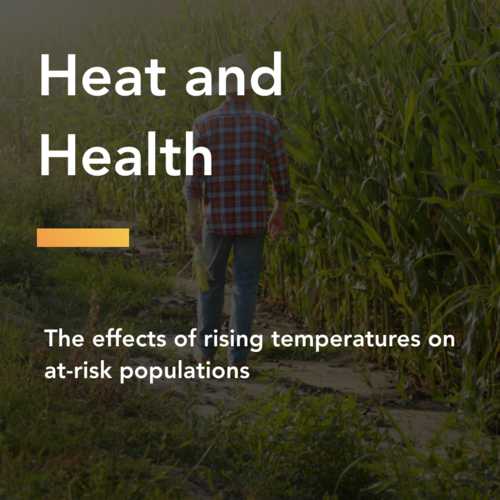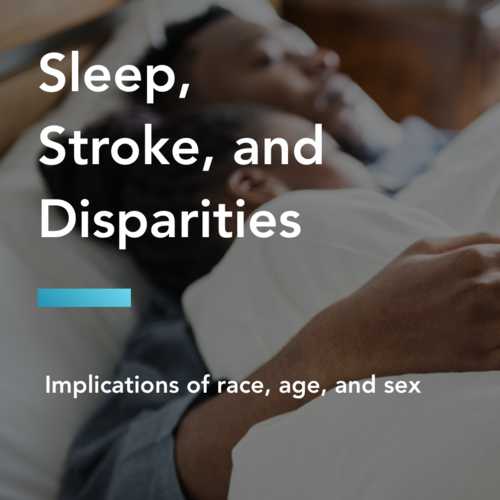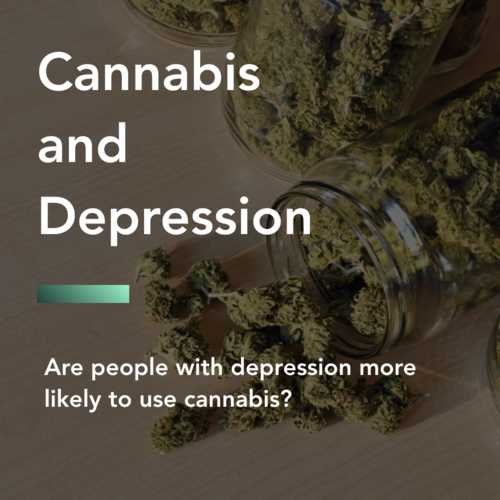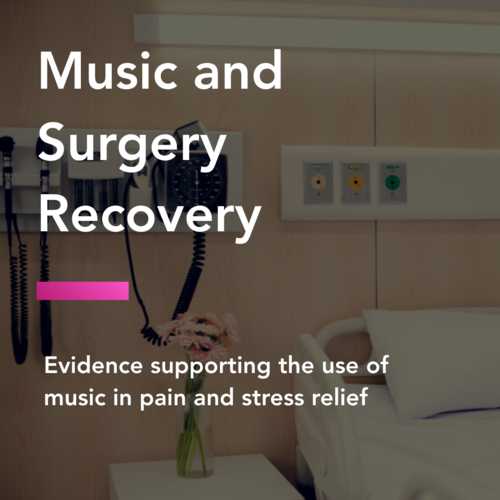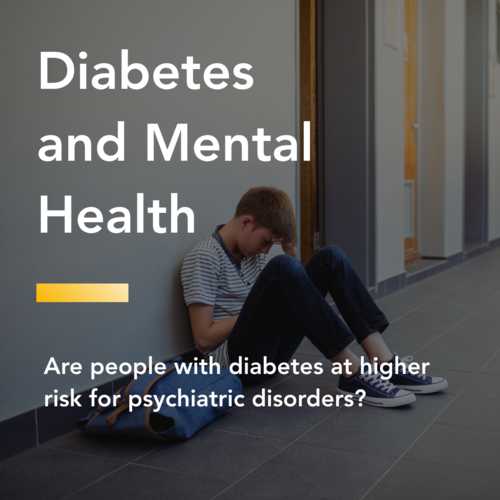
“
"Kawasaki disease is one of the most difficult diagnoses to make in pediatrics"
Dr. Frank Esper, Cleveland Clinic
A difficult diagnosis
Kawasaki disease (KD) is very rare. It is estimated that approximately 4 thousand cases are diagnosed in the US each year, though it is more prevalent in some Asian countries.
To date, we do not know what causes this disease. Scientists say KD is not hereditary, meaning it is not caused by a genetic mutation or any other predisposition. They also do not believe KD is contagious, so it does not spread between people or animals.
There is no simple test for KD. This disease is usually considered after most other possible illnesses have been ruled out. Doctors may perform blood tests or look at heart movements.
More Info: What is Kawasaki Disease?
Possible Kawasaki disease symptoms
Since there is no test for KD, doctors must diagnose the disease based on test results and an understanding of symptoms.
Children who develop KD have a fever for at least 5 days in a row. Redness and rashes can appear on the torso, back, hands, and feet. Swelling can occur in the lymph nodes and mouth. On occasion, patients also experience abdominal pain and temporary joint pain.
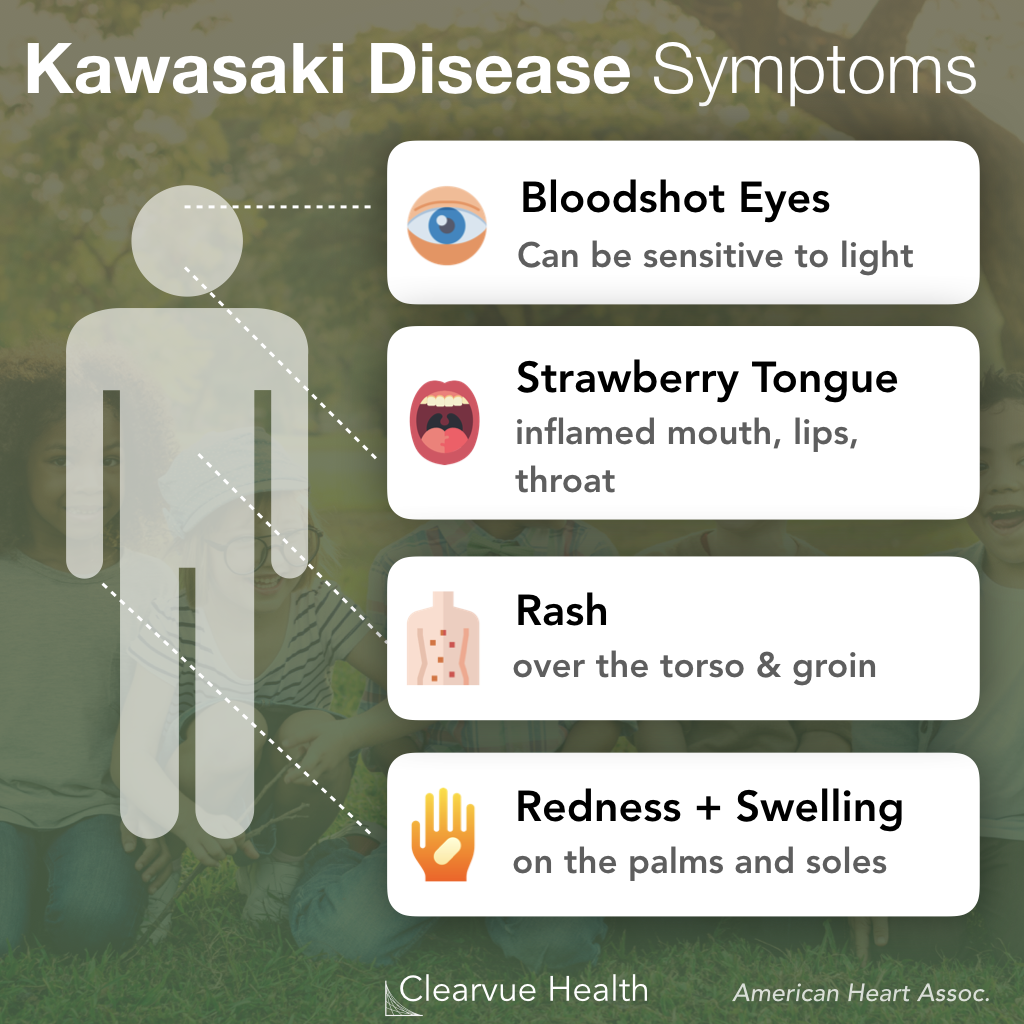
Coronavirus to Kawasaki disease
The first study connecting coronaviruses to Kawasaki Disease was conducted in New Haven.
They found that the odds of being diagnosed with KD was 16 times higher in children who were infected by HCoV-NH than children who were not infected. These findings established an association between a coronavirus and KD.
However, this data was still met with some skepticism:
“
In 2005, a group from New Haven (CT, USA) identified a novel human coronavirus, designated New Haven coronavirus (HCoV-NH), in the respiratory secretions of eight of 11 children with Kawasaki disease versus one of 22 controls tested by RT-PCR. A serological test was not done. This report was followed by commentaries expressing a mixed sense of interest and scepticism.
COVID-19 & Kawasaki Disease
A second study published in May, 2020 suggests that COVID-19 may trigger Kawasaki Disease. This data was consistent with the previous study, and provided evidence that COVID-19 may actually initiate a more severe form of Kawasaki Disease.
Source: An outbreak of severe Kawasaki-like disease at the Italian epicentre of the SARS-CoV-2 epidemic: an observational cohort study
Researchers in Italy noticed a 30x increase in Kawasaki-like disease in children during the pandemic.
They then studied the symptoms of the children to see whether these children were different than previously studied cases.
One of the first things they noticed was that children who got Kawasaki Disease symptoms after COVID-19 were generally older:
They also had more severe symptoms and were significantly more likely to show involvement in the heart.
They were also more likely to have KDSS, a rare and sometimes severe syndrome that can occur with Kawasaki Disease:
“
Although uncommon, patients with KD may also present with hypotension or shock. This is a severe form of KD known as “Kawasaki disease shock syndrome” (KDSS), which requires hemodynamic support and intensive medical care.
Lin et al
Kawasaki Disease: How it works
Coughing, difficulty breathing, and a sore throat are symptoms associated with the respiratory system. Inflammation can occur in places like the lungs and throat. Dizziness, headache, and a loss of smell and taste as symptoms associated with our nervous system. Inflammation can occur around or in your nerves.
The symptoms of KD are caused by inflammation of the blood vessels. Blood vessels transport blood throughout the body, especially to the heart. This inflammatory response limits blood flow to the heart and can lead to long-term problems. If it is true that the new coronavirus causes KD in children, that would mean that the virus can attack the circulation of blood in the body.


